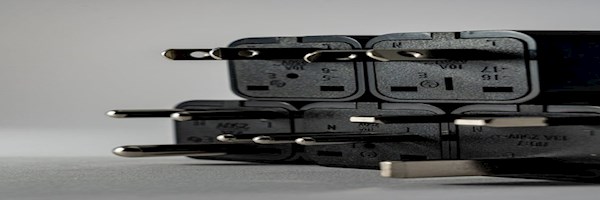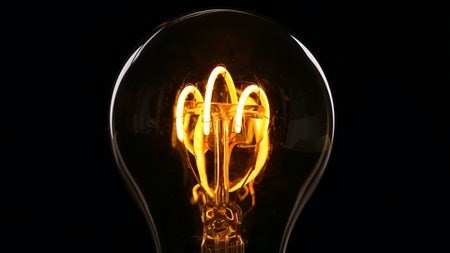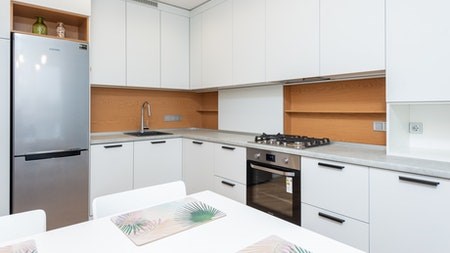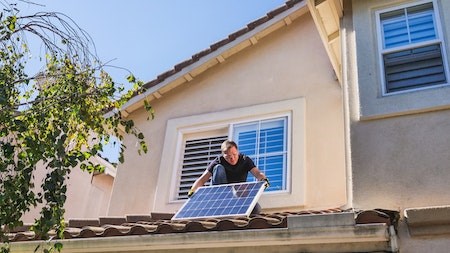Electricity is a key resource that keeps homes and industries functioning. From powering lights, appliances and machines to transportation like trains, there is very little which gets done without electricity. One key component which plays a key role in the intricate delivery of electricity is a plug.
The importance of plugs
AC power plugs and sockets connect electric equipment to the alternating current (AC) power supply in buildings and on other sites. Electrical plugs and sockets differ from one another in voltage and current rating, shape, size, and connector type. Different standard systems of plugs and sockets are used around the world.
For South Africa, there are four associated plug types: C, D, M and N.
• Plug type C is the plug which has two round pins,
• Plug type D is the plug which has three round pins in a triangular pattern
• Plug types M and N both have three round pins.
In South Africa the standard voltage is 230 Volts (V) and the frequency is 50 Hertz (Hz). You can use your electric appliances in South Africa if the standard voltage in your country is in between 220 - 240 V (as is in the UK, Europe, Australia and most of Asia and Africa).
If the frequency in South Africa (50 Hz) differs from the one in your country, it is not advised to use your appliances. But if there is no voltage difference, you could (at your own risk) try to use the appliance for a short time.
To be sure, check the label on the appliance. Some appliances never need a converter. If the label states 'INPUT: 100-240V, 50/60 Hz' the appliance can be used in all countries in the world. This is common for chargers of tablets/laptops, photo cameras, cell phones, toothbrushes, etc.
Electrical industry and household research show that appliances that don’t meet modern safety standards or that have frayed cords or damaged plugs are one of the biggest causes of electrical fires. Older appliances draw more power than today’s outlets are built to handle, and damaged cords channel heat onto carpets, curtains, floors, and other combustible surfaces.
Some individual responsibility and initiative must be taken to avoid such catastrophes. One effective way to do this is knowing how to wire a plug.
How to wire a plug
Recommended electrical industry steps by South Africa’s power supplier Eskom state that you can wire a plug by:
Baring the ends of the three wires inside the electrical cord for about half a centimetre, by cutting away the plastic insulation.
Gently twist the strands of copper wire with your fingers until each strand is tight.
Fold over the twisted strands.
Remove the plug cover by either "snapping" or unscrewing it.
Unscrew the little screws on each of the plug's pins.
Insert the twisted copper wires into the holes in the pins.
The green and yellow wire must always be inserted into the top pin.
The blue wire is inserted into the left pin (the pin is marked with a blue spot or the letter N).
The brown wire is inserted into the right pin (the pin is marked with a brown spot or the letter L)
Tighten the little screw on each of the plug's pins.
Make sure the electrical cord is firmly gripped by the arrestor clips.
Replace the cover of the plug.
The steps listed above if well applied with significantly assist in reducing the risks of fire outbreaks caused by faulty plugs.







